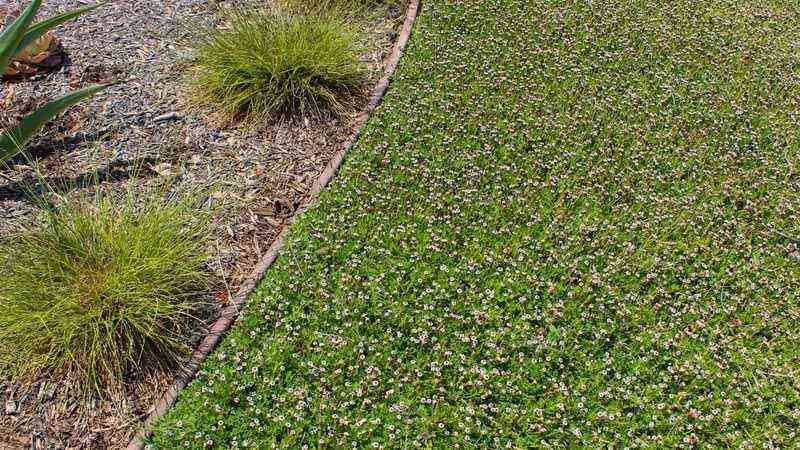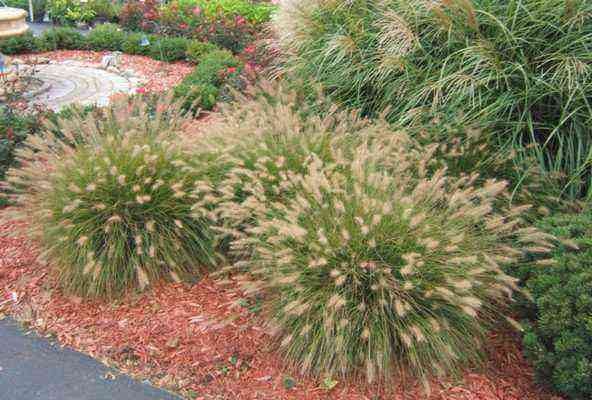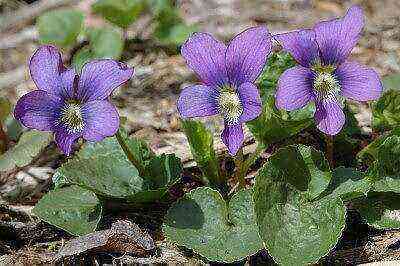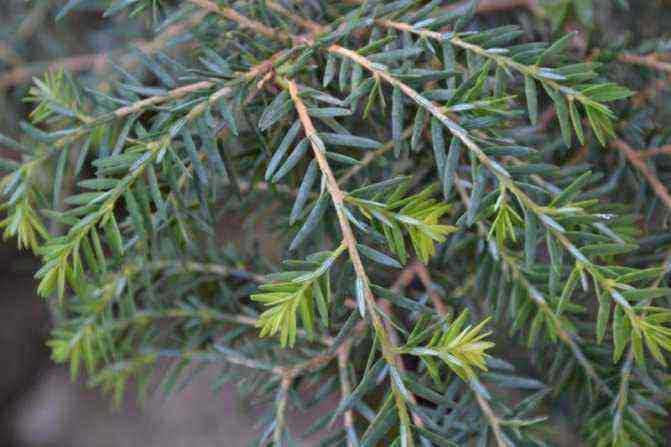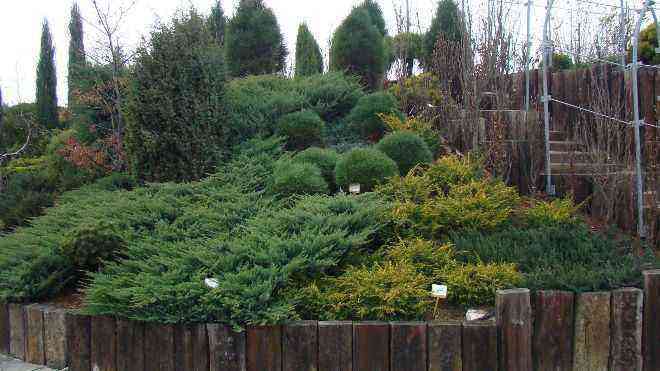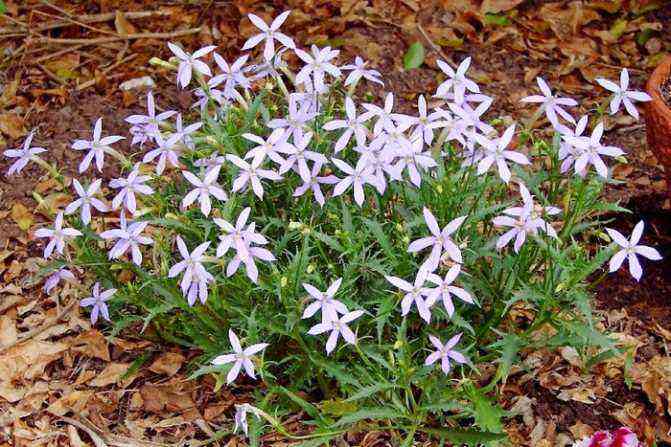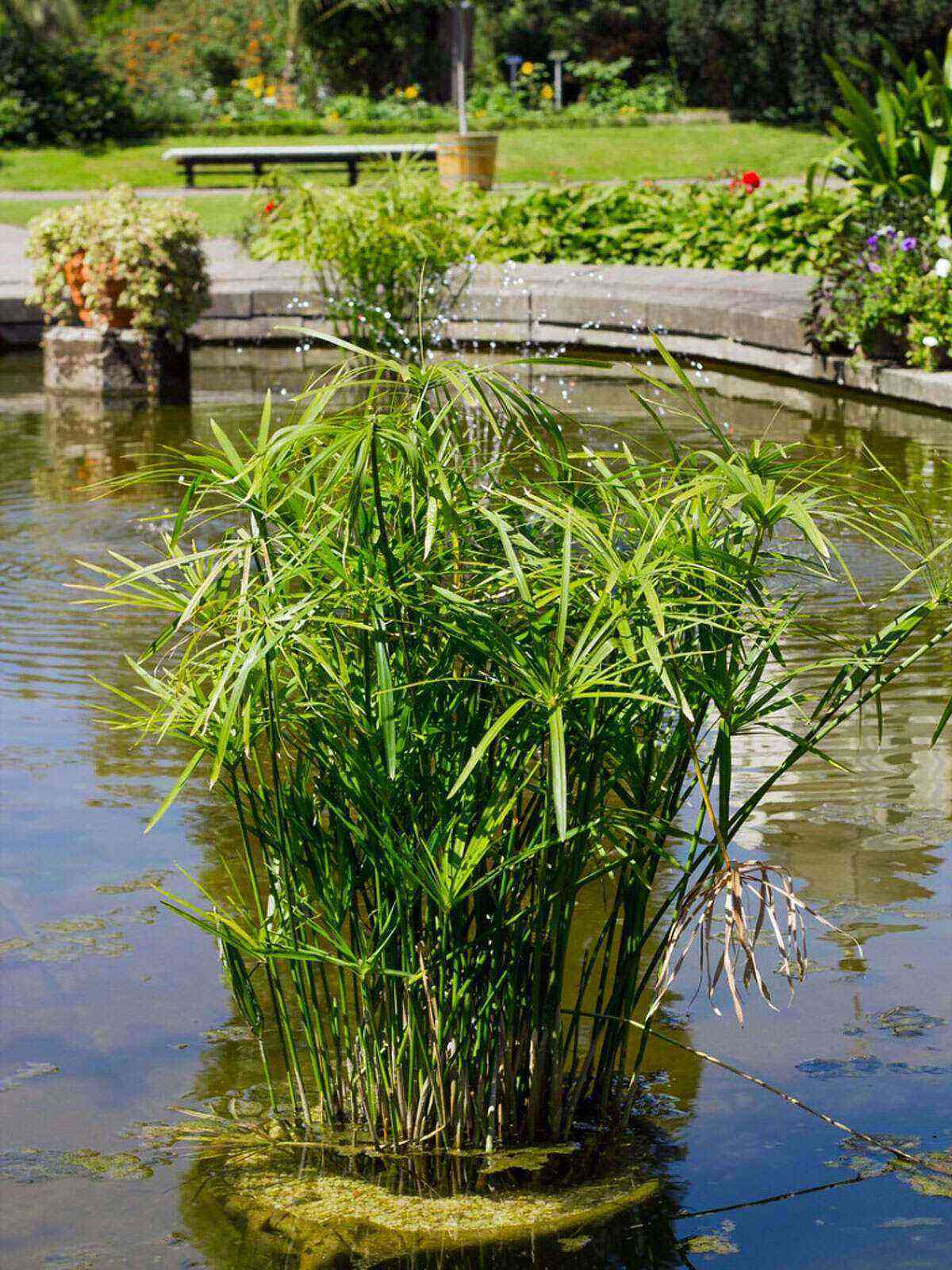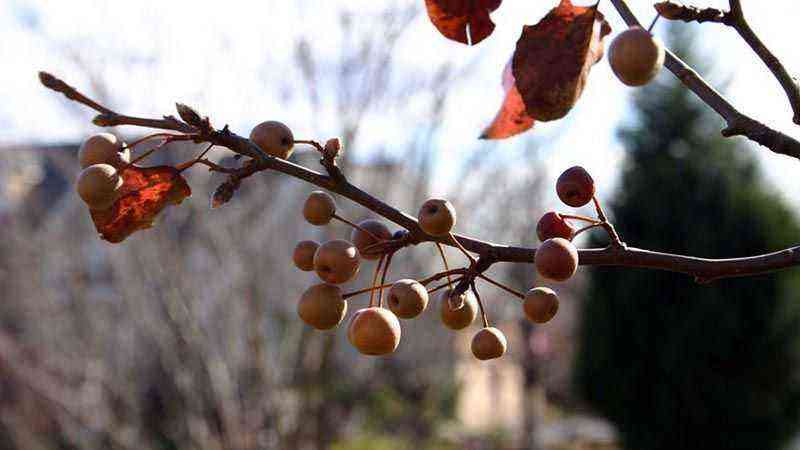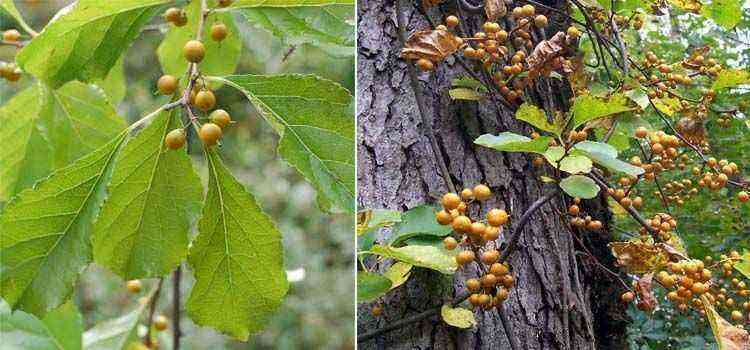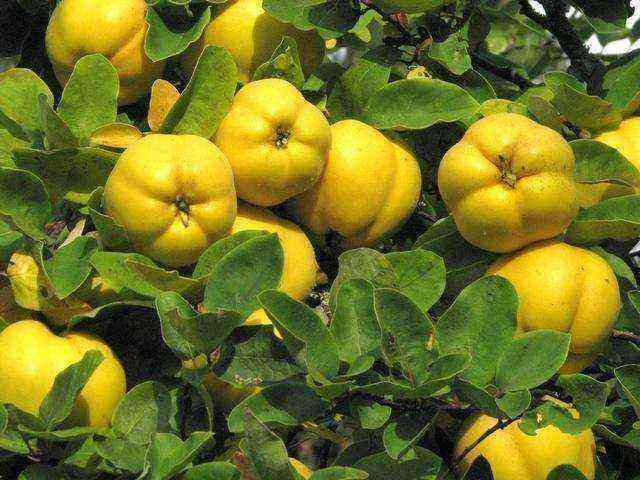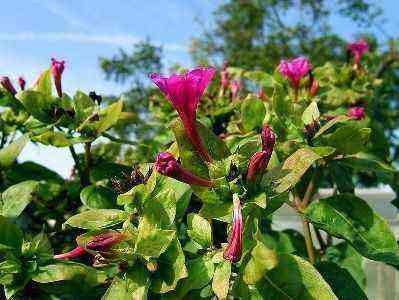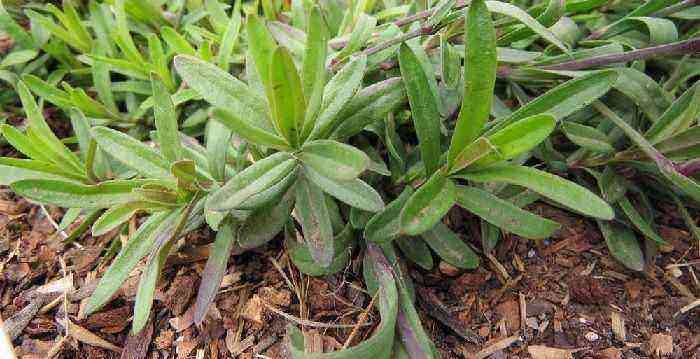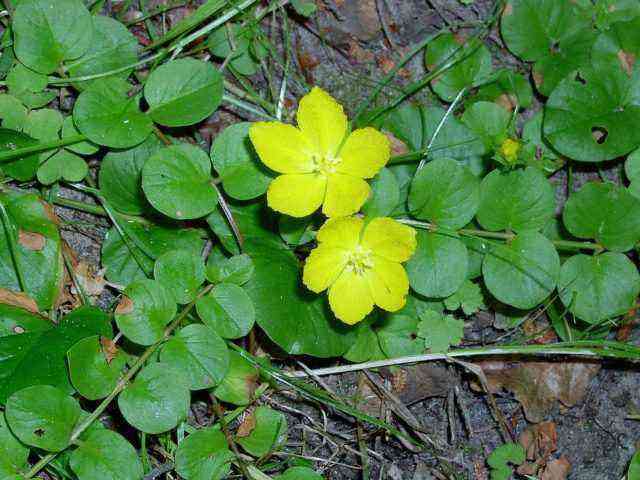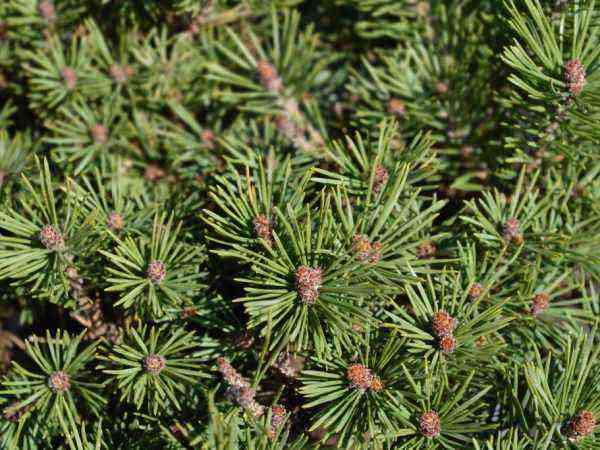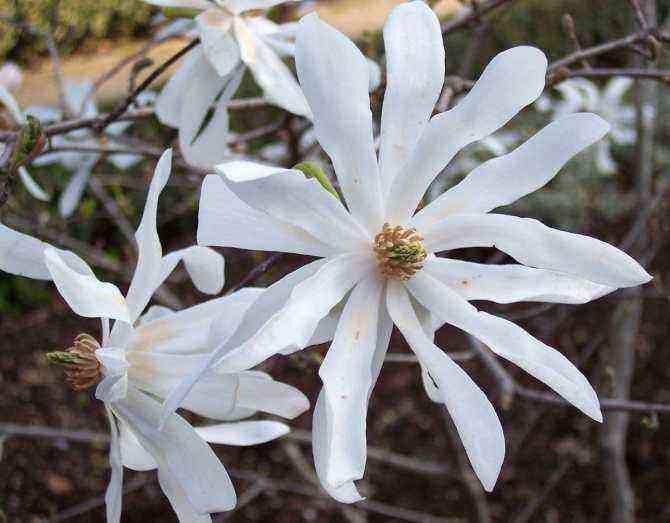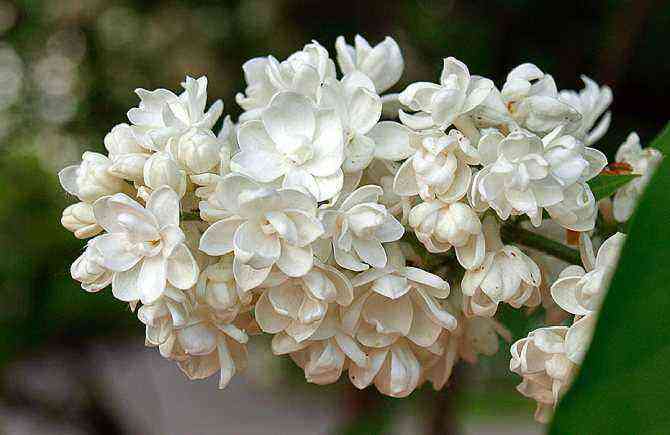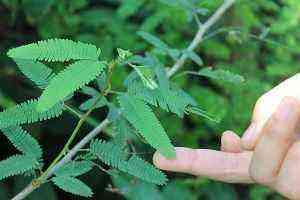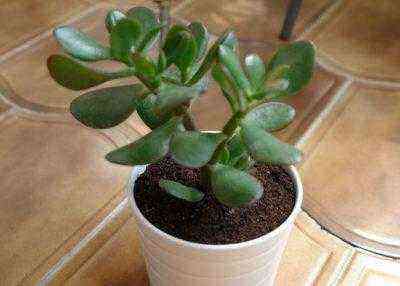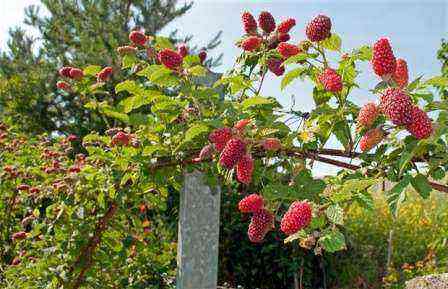Today, in Agromática, we are going to talk about White hawthorn. A tree of the Rosaceae family that can be used for agricultural purposes (ornamental) or also used for medicinal purposes, given the content of its active principles, which we will comment on at the end. A tree with 2 functions and easy to grow? Continue reading!
The properties (agricultural and healing) of hawthorn
Let’s get acquainted with it White hawthorn (Crataegus monogyna), which can also be known as Majuelo or Hawthorn. It is a deciduous tree that can reach between 4 and 6 meters in height and in which we must be careful when we plant it, since it has thorns. When the good season arrives (late spring, between May and June), it produces very fragrant white flowers that can be used for medicinal use. It also produces some fruits that also have their properties to medicinal use, dark red in color, a little oval and very similar to cherries, which contain 1 seed inside.
Since we know a little more about hawthorn, let’s move on to cultivation work, that we appreciate and value so much around here.
Climate and soil in hawthorn cultivation
Although sooner or later, with its growth it will exceed the rest of the plants in your garden, hawthorn requires a few cconditions of full sun. That is why it is convenient to arrange it in a part of the garden where it has sun exposure most of the day.
When planting it, as its parts are still fleshy and it is not woody, it should be done when there are no temperatures or very high or very low, such as in autumn or spring.


Soil
To grow hawthorn we need a fairly wet soil, with good drainage of course. It should be borne in mind that this tree adapts very well to different conditions, and they are relatively resistant to drought. but compacted and clayey soils with low porosity should be avoided.
Given these conditions of necessary humidity, in this case we are presented with the ideal option of incorporate a padding around the tree, perfect to ensure the humidity of its roots at all times and reduce the frequency and density of irrigation.
Fertilizer and irrigation, how to do it?
We start from the premise that hawthorn is easy to grow. We will keep in mind that the soil conditions must be humid and we will keep it that way with constant watering.
As to subscriber it is demanding, especially in the flowering and fruiting season. At the end of winter and in spring we must provide an appreciable amount of organic matter around the trunk
Multiplying the hawthorn
The reddish fruits, of the type of cherries that we have mentioned before, produce a single seed, which can be used to produce new varieties of hawthorn. The only thing you have to be patient with as it may take up to 18 months to germinate. To increase the chances of success when planting the seeds a useful technique is to soak them in warm water for a while before placing them in the seedbed or directly on the site.
Another way to multiply hawthorn is through piles that we will prepare previously at the end of spring.


The medicinal effects of hawthorn
From its active ingredients, suitable ingredients are extracted to calm many problems of the human being. Here are some of its properties:
- Cardiotonic
- Relaxing
- antirust
- Cardiovascular dilator
The importance of your flavonoids: This component relaxes and dilates the arteries, especially the coronary arteries, increasing blood flow to the heart. In addition, they are also antioxidants. At present it is used for patients with heart disease or infarction, and to prevent angina pectoris. But it must be noted that its effects are long-term, it is not valid to solve acute heart problems.


